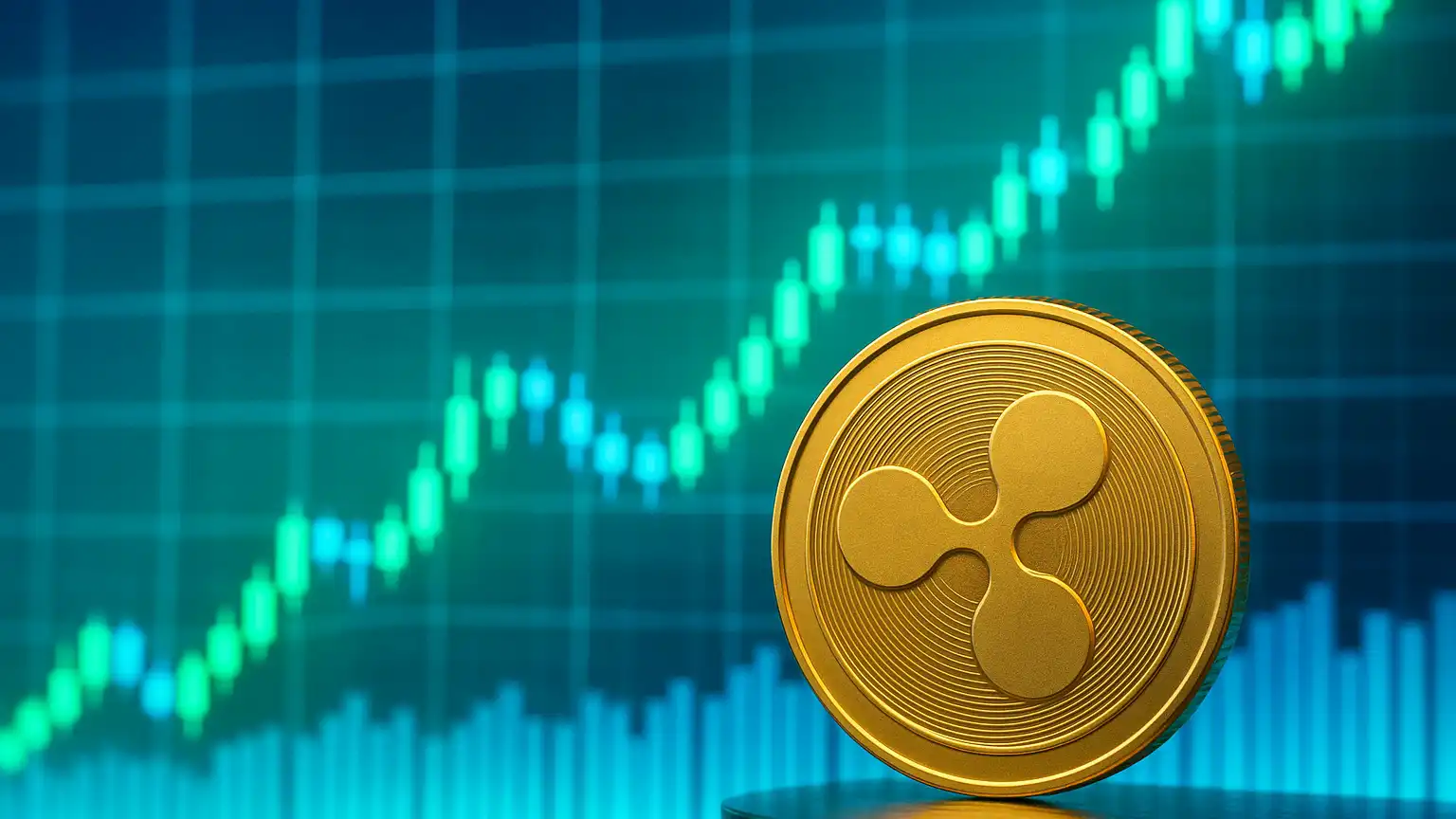A milestone listing that formalizes XRP’s Wall Street moment
The launch places XRP alongside the growing roster of exchange-traded digital asset products available on U.S. equity venues. For institutions that prefer regulated wrappers, audited custody, and daily portfolio transparency, an exchange-traded fund can eliminate operational friction that historically kept them on the sidelines of spot crypto markets.
Rex Shares and Osprey Funds bring established exchange-traded product expertise to the table, while the Cboe listing provides a familiar venue with robust market-making and surveillance standards. Together, the structure signals a push to align crypto exposure with traditional portfolio construction and compliance workflows.
First-day scorecard: $37.7M debut points to pent-up demand
The fund’s opening day delivered a record $37.7 million debut, a strong early read on pent-up demand for regulated XRP exposure. While one day does not establish a long-term trend, the immediate take-up is consistent with broadening institutional interest in exchange-traded crypto products.
- Early allocations likely came from multi-asset funds, crypto hedge funds, and RIAs seeking operationally clean XRP access.
- The debut suggests market makers were able to source inventory and keep spreads contained, aiding price discovery.
- Day-one flows create a base of secondary-market liquidity that can attract additional allocators.
How this XRP ETF fits into the crypto ETF playbook
The ETF offers exchange-traded access to XRP, wrapping the asset inside a regulated vehicle designed for brokerage and custodial rails that institutions already use. The fund relies on a standard creation and redemption process with authorized participants to align ETF shares with underlying market value.
- Wrapper benefits: intraday liquidity, clearing via established equity market infrastructure, and portfolio transparency.
- Operational edge: removes the need for end investors to manage wallets, keys, or crypto-native trading venues.
- Market microstructure: arbitrage mechanisms aim to minimize tracking gaps between the ETF and spot XRP prices.
Institutional demand is accelerating
Institutions have steadily normalized digital asset allocation via exchange-traded products. With XRP now joining that cohort in the U.S., allocators can diversify beyond existing single-asset crypto ETFs and gain exposure to a token with a distinct payments and settlement narrative.
“The record debut reflects a shift from exploratory interest to executable mandates, where crypto exposure is implemented within established investment policy constraints.”
As compliance teams greenlight the wrapper and due diligence cycles conclude, follow-on flows often arrive in phases. That dynamic has characterized prior crypto ETF launches and may repeat here as platform availability widens across broker-dealers and custodians.
Market impact and liquidity dynamics
The presence of an ETF can deepen liquidity, tighten spreads, and improve price discovery for the underlying asset. With authorized participants facilitating creations and redemptions, the arbitrage channel helps keep the fund aligned with spot XRP. Over time, a larger ETF footprint can support a more resilient two-way market, especially during volatility spikes.
For XRP specifically, incremental demand from traditional channels may broaden the investor base beyond crypto-native traders, introducing longer-horizon capital that can dampen intraday whipsaws while potentially amplifying trend persistence around macro catalysts.
Regulatory and structural context
Listing on a major U.S. exchange brings the XRP investment case into a regime with higher disclosure standards, oversight, and market surveillance. While the ETF is not an endorsement of any protocol’s roadmap, it reflects the maturing intersection of digital assets with securities market infrastructure and compliance frameworks.
Investors should still evaluate risks inherent to crypto markets—volatility, regulatory developments, liquidity conditions across venues, and any concentration risks tied to custody or market-making counterparties.
What to watch next
- Secondary-market liquidity: bid-ask spreads, depth of book, and volume persistence beyond launch week.
- Net creations/redemptions: sustained inflows often correlate with growing institutional adoption.
- Fee competition: expense ratios can influence asset gathering as platforms add the product to model portfolios.
- Options listing potential: listed options could enhance hedging, attract tactical flows, and boost liquidity.
- Correlations: how XRP’s ETF-driven flows interact with broader crypto cycles and macro risk sentiment.
Key takeaways
- XRP’s first U.S. ETF launched on the Cboe, issued by Rex Shares and Osprey Funds, marking a significant step for institutional access.
- A record $37.7 million debut underscores strong appetite for regulated XRP exposure.
- The ETF structure can improve liquidity, deepen price discovery, and broaden XRP’s investor base.
- As platform availability expands, flows may scale in phases, mirroring prior crypto ETF adoption patterns.
Bottom Line
Disclaimer: This content is for informational purposes only and does not constitute investment, tax, or legal advice. Digital assets are volatile and involve risk. Always conduct your own research and consider consulting a licensed professional before making investment decisions.



